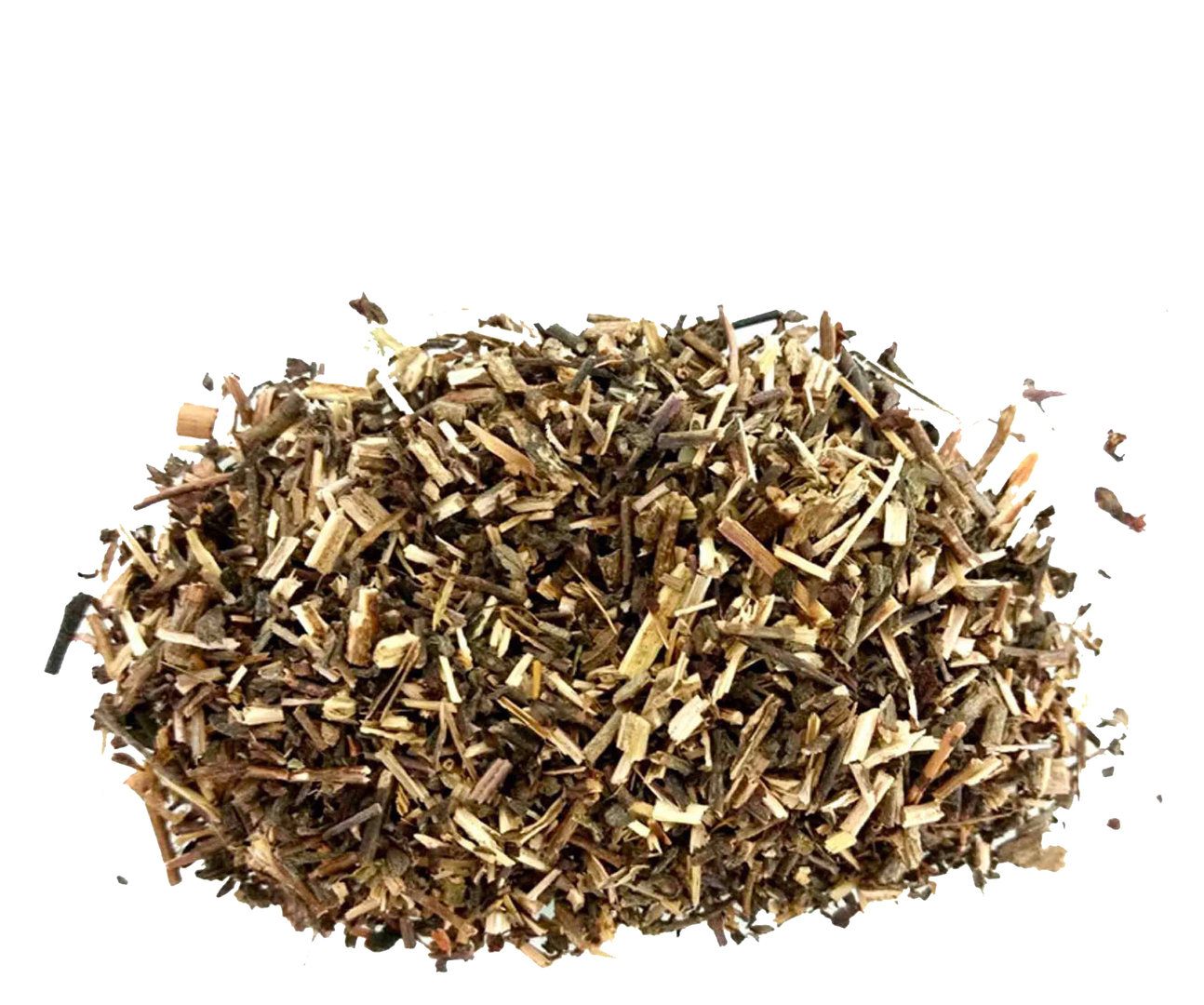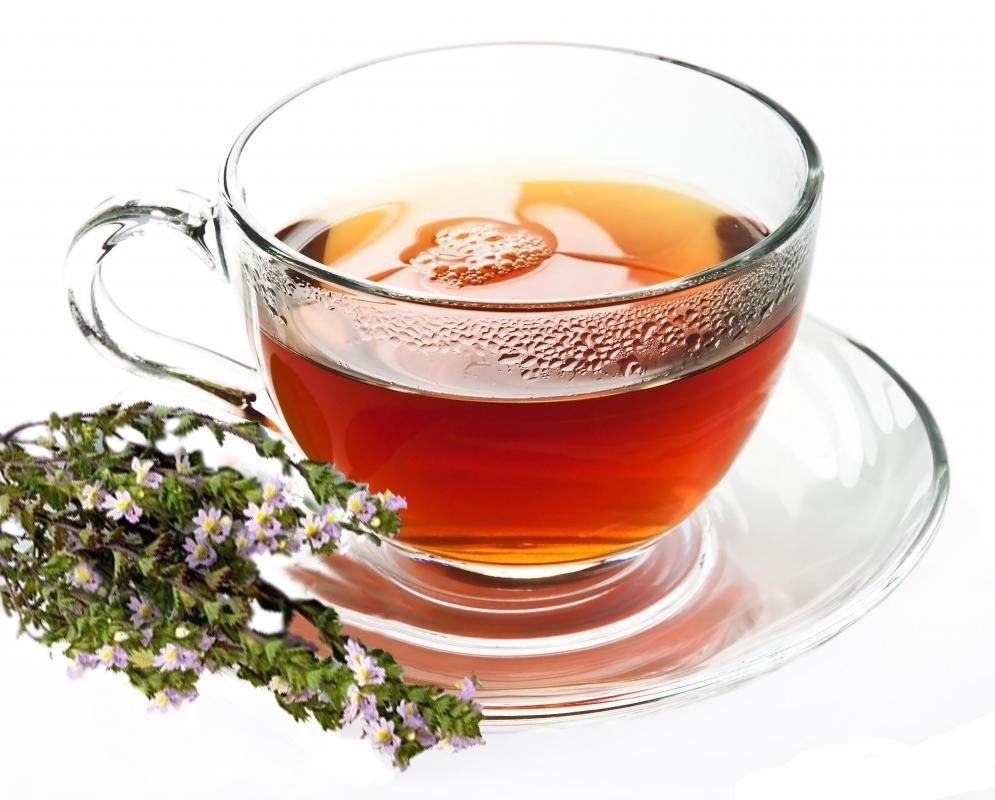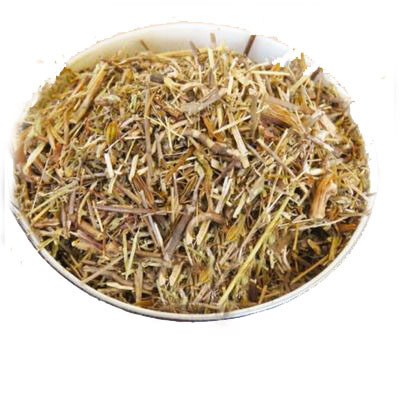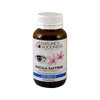- About us
- Herbs & Extracts
- Homeopathy
- Skincare
- Haircare
- Pure Oils
- Flower Remedies
- Raw Materials
- Compounding
- Gerson
- Probiotics
- Devices
- Books
-
Ailments
- Abscesses & Boils
- Aching Muscles
- Acne
- Addictions
- Aging
- AIDS
- Alcoholism
- Altitude Sickness
- Allergies
- Alzheimer's Disease
- Amenorrhea
- Anal Fissures
- Anemia
- Angina
- Arrhythmias
- Arteriosclerosis (High Cholesterol Levels)
- Arthritis
- Asthma
- Athlete's Foot
- Autism
- Back Pain
- Balanitis
- Barber's Itch
- Bedwetting
- Bell's Palsy
- Bad Breath (Halitosis)
- Bites & Stings
- Bladder Irritable
- Blood Poisoning
- Bloating
- Blood Pressure (High)
- Blood Pressure Low
- Body Odour
- Bone Fractures
- Bronchitis
- Bruxism
- Bulemia
- Bunions
- Burns
- Bursitis
- Candidiasis
- Cataracts
- Celiac Disease
- Chickenpox
- Chronic Fatigue
- Circulation
- Colds and Flu
- Colitis
- Conception and Pregnancy
- Congestive Heart Failure
- Ovarian Cysts
- Cough
- Cystitis
- Dandruff
- Cramps Menstrual
- Cramps
- Cholesterol, High
- Dermatitis
- Diabetes
- Diverticular Disease
- Earache
- Endometriosis
- Eczema
- Glue Ear
- Fibroids (Myomas)
- Fibromyalgia
- Gallstones
- Giardiasis
- Glaucoma
- Gum Disease
- Hay Fever
- Hemorrhoids
- Immunity Weak
- Influenza
- Indigestion
- Irritable Bowel Syndrome (IBS)
- Kidney Stones
- Liver Compounds
- Laryngitis ( Hoarseness )
- Leaky gut syndrome
- Lyme Disease
- Lymphedema
- Macular Degeneration
- Mastitis
- Menopause
- Mucus_Chronic
- Osteoporosis
- Traditional treatment of ovarian cysts.
- Peptic Ulcers
- Prostate Problems
- Polyps
- Sinusitis
- Shingles
- Strains and Sprains
- Swollen Ankles
- Tinnitus
- Thyroid, Overactive
- Thyroid, Underactive
- Urinary Tract Infections
- Varicose Veins
- Vitiligo
- Warts
| Mon |
9:00 AM |
- | 5:30 PM |
| Tue |
9:00 AM |
- | 5:30 PM |
| Wed |
9:00 AM |
- | 5:30 PM |
| Thu |
9:00 AM |
- | 7:00 PM |
| Fri |
9:00 AM |
- | 5:30 PM |
| Sat | Closed |
| Sun | Closed |
Newtons Pharmacy Herbs & Extracts Medicinal Teas Eyebright Cert.Organic
Eyebright Cert.Organic
(size: 1kg)In stock
Description: Dried Aerial Parts of Eyebright Herb.
Status: Certified Organic
Botanical Name: Euphrasia Officinalis
Common Names: Eyebright
Parts Used: The Aerial Parts
Country of Origin: Germany
Traditional Use: Eyebright has been used in Europe for centuries as a traditional medicine for treatment of various diseases. Decoctions and infusions of flowering aerial parts are used against dry cough, hoarseness, symptomatic treatment of cold, earache, and headache, hay fever, purulent skin lesion, or catarrhal diseases of the intestinal tract, but especially as eyewash to treat and prevent eye disorders such as conjunctivitis, blepharitis, eye fatigue, purulent ocular inflammation, and sties.
Evidence-based Studies: Recent studies indicate that Eyebright contains compounds of particular benefit to the eyes.The therapeutic effect of Eyebright can be attributed mainly to its antioxidant, anti-inflammatory, and antimicrobial activity. Eyebright tightens the mucous membranes of the eye and relieves the inflammation of conjunctivitis and blepharitis. Its ability to counter mucus means that eyebright is often used for infectious and allergic conditions affecting the eyes, middle ear, sinuses, and nasal passages.
Recommendations: Considering the benefits of this herb, drink the tea or use the extract. For best results, we blend different extracts with similar properties and complementary therapeutic action, as in the popular and highly praised by generations of customers Vision Drops and Sinus Drops. Please contact the pharmacy for additional information.
References:
European Medicines Agency. Assessment Report on Euphrasia officinalis L. and Euphrasia rostkoviana Hayne, Herba. London, UK: European Medicines Agency; 2010. (A Report of Committee on Herbal Medicinal Products). http://www.ema.europa.eu/docs/en_GB/document_library/Herbal_-_HMPC_assessment_report/2011/01/WC500100385.pdf.
Darshan S., Doreswamy R. Patented antiinflammatory plant drug development from traditional medicine. Phytotherapy Research. 2004;18(5):343–357. doi: 10.1002/ptr.1475. [PubMed]
Additional product information
| size | 1kg |
Customer ratings for Eyebright Cert.Organic
Average rating: 5
from suzanne on 20/07/2021
I might try drops the next time
Selection: Eyebright Cert.Organic
| Product no. | size | Status | Price | |
|---|---|---|---|---|
| EYEBRIGHT DRIED-0002 | 70g |
|
$16.80 / pack(s) * |
|
| EYEBRIGHT DRIED-1kg | 1kg |
|
$98.00 / pack(s) * |
|
We also recommend
Browse this category: Dried Herbs & Teas






